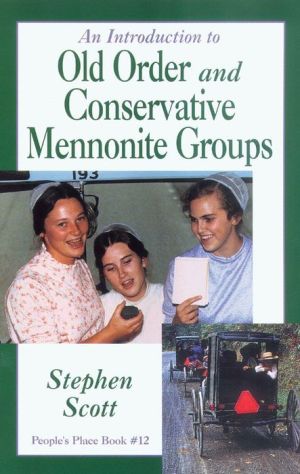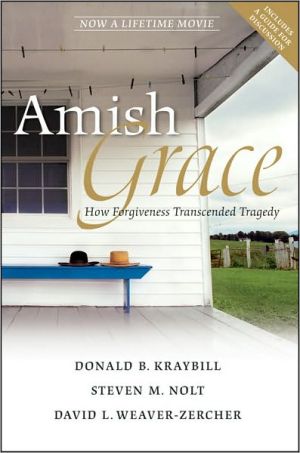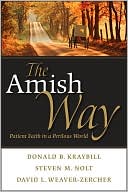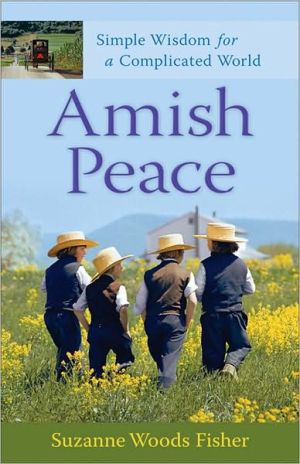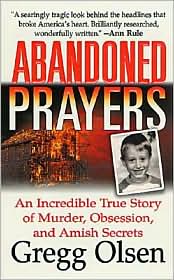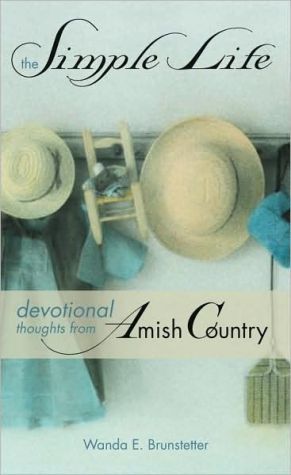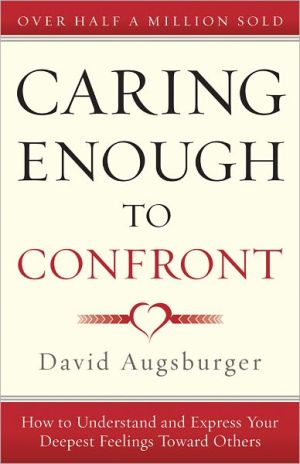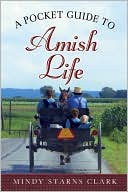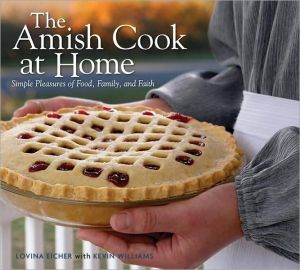An Introduction to Old Order and Conservative Mennonite Groups, Vol. 12
Other Books in the People's Place Series\ No. 1\ 20 Most Asked Questions About the Amish and Mennonites (revision) by Merle and Phyllis Good./ The most common inquiries about these people are answered with insight and accuracy by two leading experts. Lots of photos. \ \ No. 2\ A Quiet and Peaceable Life (revision) by John L. Ruth/. A beautiful, poetic selection of photos and text, highlighting the poignant austerity of the plain way. Captures the spirit of the Old Order groups.\ \ No....
Search in google:
From the Backcover This book tells a story which until now has not been available in such an interesting and comprehensive form. -- What holds these people together? Why are they growing in number? Where do they live? -- The Old Order Mennonites are less well known than the Amish, but are similar in many beliefs and practices. Some Old Order Mennonites drive horses and buggies. Others use cars for transportation. -- Conservative Mennonite groups vary a great deal, but in general espouse strong faith and family life and believe that how they live should distinguish them from the larger society around them. -- The author details courtship and wedding practices, methods of worship, dress, transportation, and vocation. Never before has there been such an inside account of these people and their lives. -- The author spent years conferring and interviewing members of the various groups, trying to portray their history and their story in a fair and accurate manner. An enjoyable, educational, inspiring book. In 1979-80 he taught at Clearview Mennonite School. Since 1984 Scott has worked as a researcher and writer for Good Books and The People's Place in Intercourse, Pennsylvania. He has written Plain Buggies, Why Do They Dress That Way, The Amish Wedding and Other Special Occasions of the Old Order Communities, and Amish Houses and Barns. He is also the coauthor of Living Without Electricity.
An Introduction to the Mennonites\ \ The name Mennonite often evokes an image of somberly dressed rural folks who travel about with horses and buggies and refuse to take part in the military. In reality most Mennonites dress in fashionable clothing, drive modern cars, and live very much like their neighbors in urban and suburban North America. However, many of these modern Mennonites still practice non-resistance or pacifism, refusing to participate in any form of violence.\ \ These folks sometimes do not appreciate the austere perception many people have of them. They are occasionally quick to explain that it is the Amish who actually live the kind of separated life frequently associated with the Mennonites.\ \ However, there are also thousands of Mennonites who have no Amish connections who dress in a distinctive garb, drive horse drawn vehicles, and live separately from the mainstream of secular and religious society. These are the Old Order Mennonites.\ \ Many thousand additional Mennonites have been more open to modern technology and church programs but like the Old Order Mennonites have been quite firm in preserving a separated life-style, including modest, plain dress. These are the conservative Mennonites. \ \ The Old Order and conservative Mennonites stem from the largest group of Mennonites in North America, officially known as the Mennonite Church (note the capital C for Church). This group has also been called the (Old) Mennonite Church (note the parentheses around Old) to distinguish them from other groups of Mennonites. It is important not to confuse (Old) Mennonites with Old Order Mennonites. The designation "Old" signifies that they are descended from the "original" body of Mennonites, which had its beginnings in 16th century Europe.\ \ Mennonite Beginnings\ \ The Mennonite Church descends from the Swiss branch of Mennonites founded in Zurich, Switzerland, in 1525. At first Mennonites were called Anabaptists because they rebaptized those who had been christened as infants. They believed baptism should be a voluntary act of an adult believer. This was one of the main points of contention between the emerging Protestant movement and the group which came to be called Anabaptists. The Anabaptist-Mennonites also believed, in contrast to the Catholics and Protestants, that the church should be composed only of truly converted Christians living dedicated, holy lives. They were convinced there should be complete separation of church and state and that followers of Christ could take no part in any form of violence, including self-defense.\ \ A separate movement of Anabaptists developed in Holland and produced a leader named Menno Simons. Both the Dutch and Swiss Anabaptists eventually took their name -- Mennonite -- from him. In Switzerland, Holland, and what is now Germany the Anabaptist-Mennonites experienced severe persecution from both Catholics and Protestants. Thousands of Mennonites were exiled, imprisoned, tortured, and martyred for their faith. Persecution in Switzerland was especially long lasting and severe. Many Swiss Mennonites found a small degree of tolerance in the German Palatinate, beginning in the 1670s. However, even in the Palatinate it was small, and they were put under many restrictions and limitations. (For example, they could not own land.)\ \ To America\ \ When William Penn opened a haven of religious freedom in North America, these persecuted peoples were among the first to take him up on his offer. Mennonites of Dutch background from Krefeld, Germany, were aboard the Concord/ which brought the first Germanic settlers to the New World in 1683. A trickle of Dutch-related Mennonites continued migrating to Pennsylvania into the first years of the 18th century.\ \ Then in 1707 a much larger migration of Swiss-related Mennonites from the Palatinate began. These people first settled in the area north of Philadelphia in Montgomery and Bucks Counties. The churches they established developed into the Franconia Mennonite Conference. In 1710 the first Mennonite settlers arrived in Lancaster County, Pennsylvania, which would eventually become the largest Mennonite settlement in the world. Two of the heaviest concentrations of Mennonites in Lancaster County were at Groffdale (started by Hans Graeff in 1717) and Weaverland (started by Henry Weber in 1721), both near present-day New Holland. \ \ Mennonites, often coming by way of Pennsylvania, made their way into many other North American communities, establishing settlements in Virginia, Ohio, Indiana, Illinois, and Ontario by the mid 1800s.\ \ All these scattered Mennonites churches of Swiss-Palatine background recognized each other as people of like faith but had no overall church government. Regional, annual, and bi-annual conferences were organized in which the ordained men met to discuss and settle church-related matters. It was not until 1898 that many of the regional conferences met in what became known as the Mennonite General Conference (not to be confused with the General Conference Mennonite Church). In 1971 this wider organization became the Mennonite Church General Assembly. \ \ [continued]
Table of Contents An Introduction to the Mennonites Section One: The Old Order Mennonites Section Two: The Conservative Conference Notes Bibliography Index About the Author
